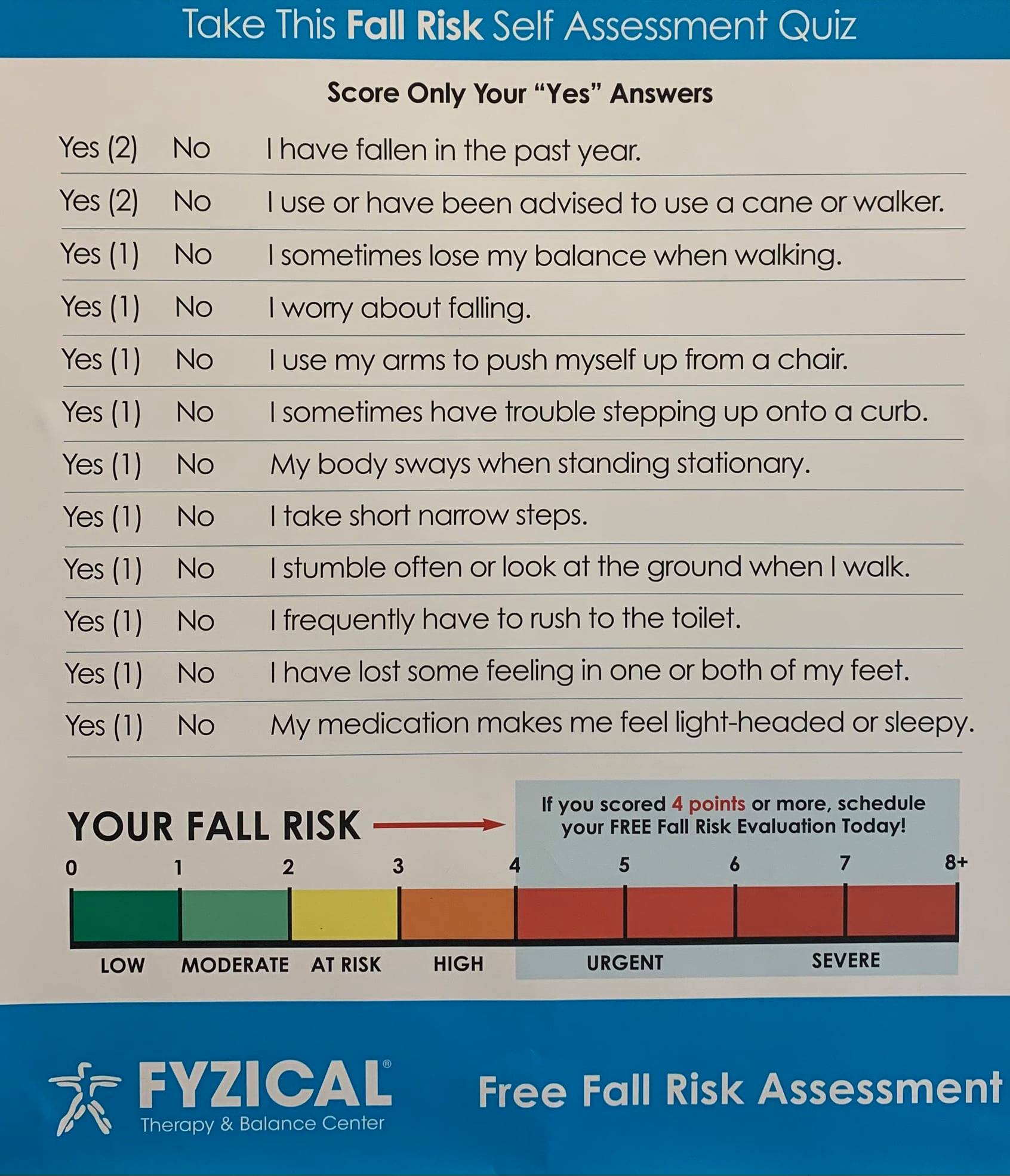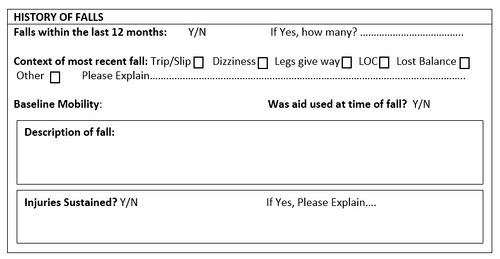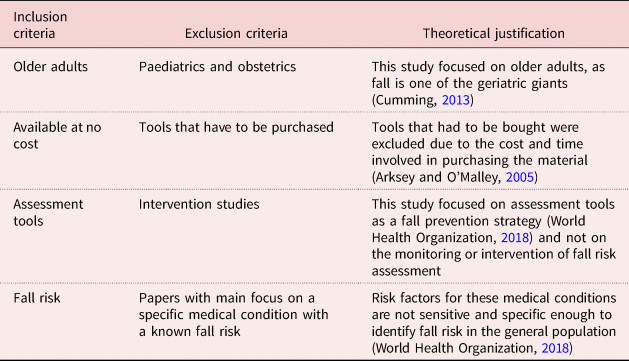Excitement About Dementia Fall Risk
Excitement About Dementia Fall Risk
Blog Article
The Definitive Guide for Dementia Fall Risk
Table of ContentsDementia Fall Risk - Questions6 Easy Facts About Dementia Fall Risk ExplainedThe Only Guide for Dementia Fall RiskThe Best Guide To Dementia Fall RiskSome Known Questions About Dementia Fall Risk.
The FRAT has 3 sections: fall danger standing, risk element list, and activity strategy. A Fall Danger Condition consists of information about history of recent drops, drugs, emotional and cognitive status of the client - Dementia Fall Risk.If the individual ratings on a threat factor, the corresponding number of points are counted to the individual's loss threat rating in package to the much right. If a person's loss threat rating totals five or higher, the person is at high risk for falls. If the patient scores just 4 factors or lower, they are still at some danger of falling, and the nurse should use their best clinical assessment to take care of all loss threat aspects as component of an alternative care plan.
These common methods, in basic, help develop a risk-free setting that decreases accidental falls and delineates core preventive actions for all clients. Indicators are essential for patients at threat for falls.
Unknown Facts About Dementia Fall Risk
Wristbands must include the individual's last and first name, date of birth, and NHS number in the UK. Just red color ought to be used to signal unique patient condition.
Things that are also much may call for the patient to connect or ambulate needlessly and can possibly be a threat or add to falls. Helps prevent the patient from heading out of bed with no aid. Registered nurses respond to fallers' call lights faster than they do to lights launched by non-fallers.
Visual problems can significantly create falls. Maintaining the beds closer to the floor reduces the risk of drops and serious injury. Putting the mattress on the flooring significantly lowers fall threat in some healthcare setups.
4 Simple Techniques For Dementia Fall Risk
People that are tall and with weak leg muscle mass that attempt to rest on the bed from a standing position are likely to fall onto the bed due to the fact that it's also low for them to lower themselves safely. Additionally, if a high patient attempts to rise from a low bed without help, the person is most likely to drop back down onto the bed or miss the bed and fall onto the floor.
They're made to advertise prompt rescue, not to stop falls from bed. Audible alarm systems can likewise advise the client not to rise alone. Making use of alarm systems can additionally be a replacement for physical restraints. Other than bed alarms, raised guidance for risky people additionally might aid stop drops.

Clients with a shuffling stride boost fall possibilities significantly. To decrease loss danger, shoes should be with a little to no heel, slim soles with slip-resistant walk, and sustain the ankle joints.
Unknown Facts About Dementia Fall Risk
In a study, homes with appropriate illumination record fewer falls (Ramulu et al., 2021). Enhancement in lights at home Your Domain Name might reduce fall rates in older adults.

Caretakers are reliable for assuring a secure, protected, and safe environment. Nevertheless, research studies demonstrated extremely low-certainty evidence that sitters decrease autumn danger in severe care medical facilities and only moderate-certainty that try these out options like video monitoring can decrease sitter use without increasing loss threat, recommending that caretakers are not as useful as originally believed (Greely et al., 2020).
An Unbiased View of Dementia Fall Risk

Enhanced physical conditioning lowers the danger for drops and restricts injury that is suffered when fall takes place. Land and water-based exercise programs might be likewise advantageous on equilibrium and gait and thereby lower the risk for drops. Water exercise might contribute a favorable advantage on balance and stride for women 65 years and older.
Chair Surge Workout is a basic sit-to-stand workout that assists reinforce the muscle mass in the upper legs and buttocks and enhances wheelchair and independence. The goal is to do Chair Surge exercises without utilizing hands as the client comes to be stronger. See sources area for a thorough instruction on just how to perform Chair Increase workout.
Report this page